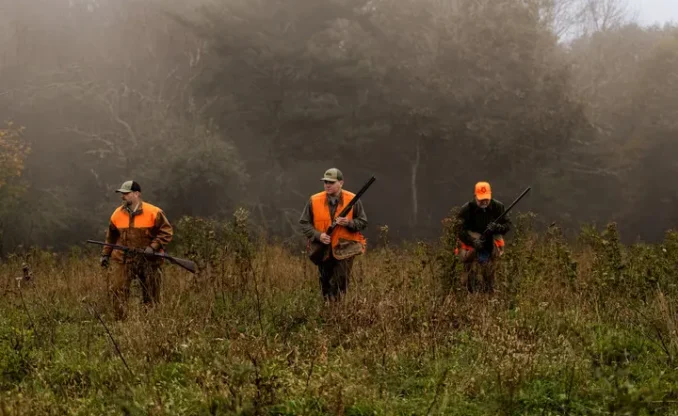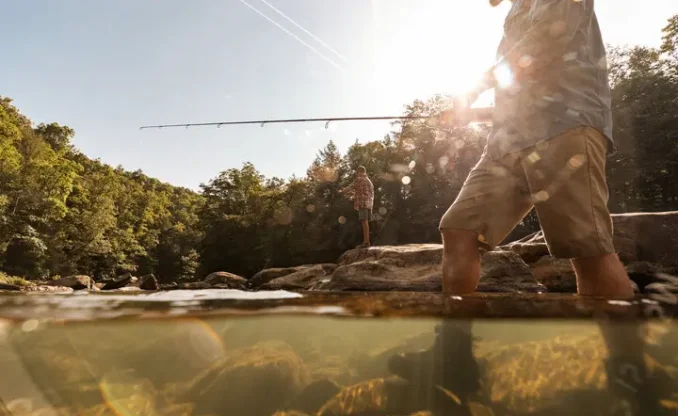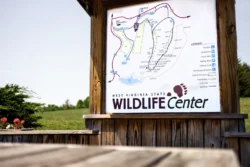Prairie Rose- Rosa setigera
Swamp Rose- R. palustris
Pasture (Carolina) Rose- R. carolina
Prickly Wild Rose- R. aciculari
Rose family- Shrubs that are usually prickly or bristly with arching or upright branches. Compound alternate leaves with 3 to 11 leaflets and leafy stipules (wings) at the leaf base. Twigs are usually green or red. Showy flowers that develop into fleshy red or orange fruits, called hips, containing many seeds.
Form
Prairie- Climbing by twining stems or reclining.
Swamp- Upright shrub, 10 feet tall that forms dense thickets.
Pasture- Upright, 3 to 5 feet tall, suckers freely.
Twigs and Bark
Swamp- Large straight or curved prickles.
Pasture- Stems with small straight thorns.
Prickly Wild- densely bristly with needle-like prickles.
Leaves
In general, are deciduous, alternate and compound.
Prairie- 3 leaflets with long pointed tips, red-orange fall color.
Swamp- 5 to 9 leaflets, small teeth on margin, red-orange fall color.
Pasture- 7 leaflets, coarse teeth on margin, red-orange fall color.
Prickly Wild- 3 to 7 leaflets.
Flowers
All species have showy pink flowers (Prairie-flowers can be white) that bloom from June-Aug. Fruit of hip is red or orange.
WV Range
Prairie- Cabell, Jackson, Marshall, Monongalia, Tyler, Upshur and Wayne.
Swamp- Common throughout.
Pasture-Copmmon throughout.
Prickly Wild- Rare; Hampshire
Natural Habitat
Prairie- Dry sandy opening and thickets, most in Ohio River counties.
Swamp- Swamps and wet thickets.
Pasture- Dry sandy or rocky soils of dry fields, open woods, thickets and fence rows.
Horticulture
Uses: Hedges, borders, groups and as a specimen.
Light: Full sun.
Soil Mixture: Wide range with Swamp Rose preferring wet soils and Carolina and Prairie Roses preferring dry soil.
Soil pH: Wide variation of adaptability with Prairie Rose preferring more neutral soils and the other roses preferring acid to neutral soils.
Problems: Leaves preferred by Japanese beetle. Fungus diseases of powdery mildew and black spot can kill leaves. Most roses spread quite readily by root suckers. Renewal pruning ot remove old stems and promote new growth is necessary after a few years.
Wildlife Use
Fruits remain on shrubs all winter and are very important in late winter when most other foods are gone. Fruits readily eaten by many songbirds such as thrushes and vireos, as well as by deer, bear, skunk, chipmunk, rabbit, opossum, beaver and mice. Fruits are preferred by bobwhite, turkey and grouse. Twigs and leaves are eaten by deer. Rose thickets are also very important for shelter and nesting sites for birds.
Compiled by: William N Grafton, naturalist, botanist and wildlife specialist, West Virginia University , Morgantown West Virginia . Written by West Virginia Native Plant Society members and jointly published with the WV Wildlife Diversity Program.



